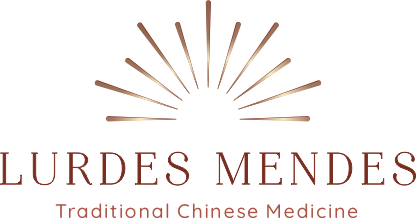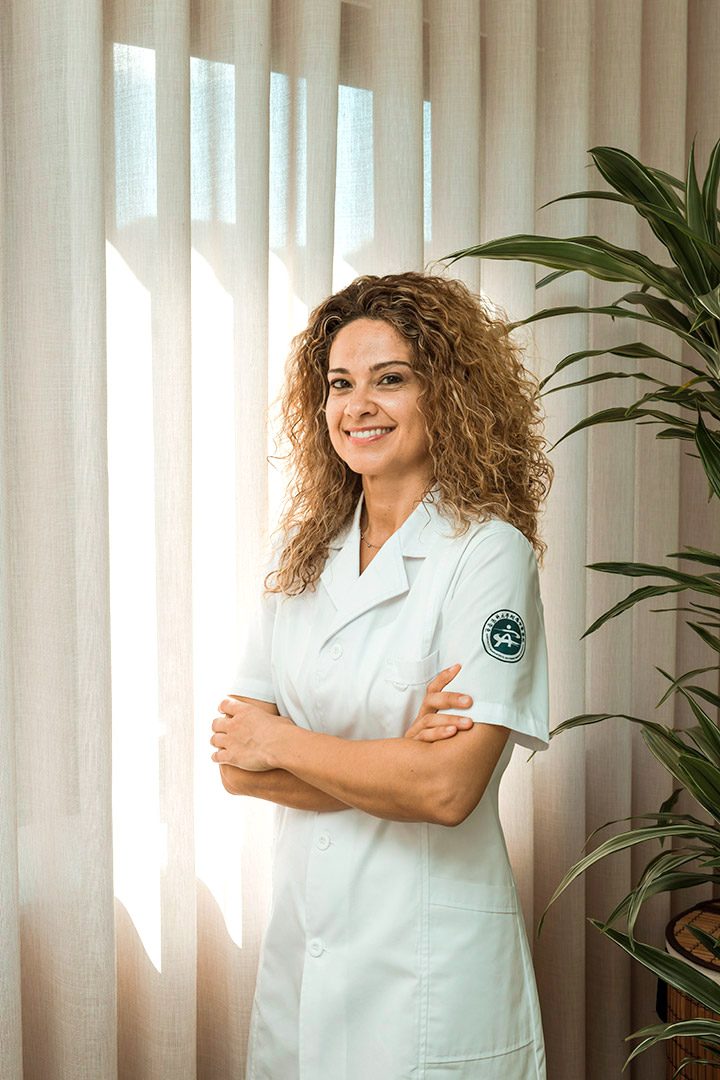Although Traditional Chinese Medicine is a medical system based on ancient wisdom, it is not uncommon for it to be difficult to fit into the Cartesian logic of the Western medical system. It encompasses a universal and polarized view of the functioning of the body, in a language that can often sound strange to Western ears.
Thus, an organ is more than an individualized portion of the body and will comprise a physiological, intellectual, emotional and spiritual function, with behaviors and clinical expressions examined as a whole.
In this universal and polarized view of the body’s functioning pattern, it is therefore extremely important for health to understand emotions in particular, for the purposes of diagnosing internal illness factors.
In TCM, emotions are not just any feelings that are part of human life. For this purpose, emotions are mental stimulations that can alter the balance of the organism and the harmony of energy. In this sense, a prolonged or intense state of emotional imbalance can damage the internal organs and cause illness. By contrast, the disharmony of the internal organs can also cause emotional imbalance.
This is the characteristic that elevates the view of TCM as a system that better understands the whole being, physical, mental and emotional, in which emotions are as inherent to human nature as the internal organs themselves in general.
In this pattern of the body’s functioning, although it is considered that each emotion affects a particular Yin organ, the causal relationships are not interpreted in a rigid or isolated way, since the internal organs are associated with concrete psychic energies, which only become negative emotions when activated by certain external stimuli.
It is a perspective that understands emotions not as arising from external causes, but as internal energies activated by external stimuli, which explains why a certain emotion affects a specific organ. That is, a particular organ already produces a certain psychic energy with its own characteristics that, when subjected to emotional stimulations, responds or “resonates” with that particular emotion.
For example, it becomes simple to understand that the liver is affected by rabies, due to its characteristics of free, easy and fast movement. In this way, emotions resulting from an excessive and prolonged imbalance in the emotional state are understood to be harmful to the internal organs and to cause illness.
In TCM, emotions are given a high profile and are therefore categorized according to the Five Elements theory, in which each emotion affects a Yin organ in a non-rigid way, based on the following pattern of interpretation:
- Rabies affects the liver
- Cheerfulness (overexcitation) affects the heart
- Excessive thinking affects the spleen
- Sadness affects the lung
- Fear affects the kidney
The importance of this view in diagnosing internal illness factors is that the body and mind are considered to be an inseparable unit and that, when they are disturbed, they give rise to symptoms and signs in the physical, mental and emotional spheres.
EMOTIONS IN MTC
In a classical perspective, as mentioned, emotions are categorized into five, according to the five elements: wood, fire, earth, metal and water. However, this pattern has been undergoing modifications and flexible interpretations as we understand the different effects that each emotion can have on several organs at the same time.
Thus, in addition to the five classically known emotions, such as anger, joy/overexcitation, over-thinking, sadness and fear, two other emotions of extreme relevance in Western societies also stand out, such as desire and guilt. In fact, the list of emotions known and studied today is wide, but for the sake of conciseness, it is up to me here to point out the particularity of only some of them, they are the following:
ANGER
In a broad etymological sense, anger includes other emotional states such as resentment, feelings of hurt, repressed anger, frustration, fury, indignation, animosity or bitterness. Any of these emotional states can affect the liver if they persist over time, and cause symptoms such as headaches, tinnitus, dizziness, red face, thirst, bitter taste, etc. Anger is not only reduced to explosiveness or irritability, it also occurs, for example, in individuals in a state of prolonged depression who often internalize it for years without ever manifesting it.
Anger can also affect organs other than the liver, for example, anger built up in familiar meal environments or work stress cycles that resume shortly after a meal, tending to damage the stomach or intestines respectively.
The counterparts of anger in terms of mental energy are strength, dynamism, creativity and generosity. The same energy that is dissipated in angry outbursts can be used to achieve life’s goals.
JOY
It seems antinomic to consider joy as a potential cause of illness, since it is a beneficial and desirable state of mind for a healthy life. The meaning of “joy” as a cause of illness is obviously not due to a state of healthy contentment, but rather to an excessive and anxious excitement that can harm the heart. For example, irregular anxiety or sudden excitement can dilate or slow down the heartbeat, leaving it energetically empty.
Joy, in this state of excessive excitement, as well as being similar to shock, increases the heart rate and causes symptoms such as palpitations, hyperexcitability, insomnia, restlessness, etc.
WORRY
Worry is one of the most common emotional causes of illness in our society. The extremely rapid social change that has taken place in Western societies, creates a climate of insecurity in many spheres of life. It is a relatively pessimistic emotional state that wears a person out, due to the constant state of alertness to control everything, which when it becomes obsessive leads to rigid rules and loss of flexibility.
Like other emotions, worry can cause certain sensations such as tightness in the chest and insomnia, in addition to symptoms such as lack of appetite, mild epigastric discomfort, some pain and abdominal distension, tiredness and pale complexion.
Worry is the emotional counterpart of the spleen’s mental energy, which is responsible for concentration and memorization. When the spleen is healthy, we can concentrate and focus on everyday matters.
SADNESS
Sadness includes the emotion of grief, caused, for example, by the death of a family member or the end of a romantic relationship. When it is deep and prolonged, it generates depression. Grief and hurt alter the energy of the lung, resulting in decreased breathing and energy as a whole, which is typical of depression.
The symptoms or signs of sadness can be a weak voice, tiredness, a pale complexion, a slight shortness of breath and a feeling of oppression in the chest.
It is very important to point out that sadness affects the lung as well as the heart and liver, due to the mere effect of mental confusion, loss of sense of direction and inability to plan life that it causes in the individual.
FEAR
Fear is an emotion inherent in the natural spirit of survival and, as a self-protection factor, is necessary to ensure the physical and mental integrity of the individual. However, when in excess, it not only paralyzes the action but also generates phobias and anxieties. Fear is the main emotion linked to the kidney, but it also affects the heart and liver.
The positive counterpart of fear within the mental energies of the kidney is flexibility, complacency in the face of adversity, and tolerance in the face of suffering.
DESIRE
In the context of Chinese Medicine, “craving” indicates an insatiable state of constant mental and emotional suffering. In this state of constant insatiable need, both material objects and social relationships are included.
Desire as an emotional cause of illness is one of the emotions that, in addition to being inherent in human nature, has become more evident in consumer societies, due to the propagandist action of the markets.
It should be mentioned in parallel that if the mind is calm and satisfied, life can be more balanced and happy. If, on the other hand, the individual is driven by desire, he or she will constantly yearn for new objects or recognition which, even when met, never satisfy, leaving the individual more frustrated.
GUILT
Guilt, like desire, is also an emotional cause of illness of prominent relevance in Western societies, where it is essentially sociocultural in nature. This self-deprecation based on moral issues, which often occurs through unconscious or uncontrollable mechanisms, includes a feeling of despair, in which the individual is a cruel and unreasonable judge of themselves. In this sense, guilt is almost an opposite emotion to anger.
Depending on how strong guilt can be and the concrete situation of the individual, it can cause damage to the lung, heart, spleen, liver and kidney.
It should be noted that the relationship between each organ and emotion in particular is mutual, forming a pattern where the state of the organ will affect emotions and emotions will affect the state of the organ. In this system, all levels of the human being communicate in such obvious ways that a simple emotional disturbance will have physiological repercussions in the areas governed by the organ responsible for that same emotion, as well as in the areas governed by other organs disturbed by the disharmony.
As has already been shown, emotions per se do not cause illness, as they are inherent in human nature. It is normal for people to feel a variety of emotions in different circumstances. However, when emotions are prolonged, intense, repressed or not accepted, they affect the individual’s internal balance, leading to a change in the flow of energy, becoming causes of disharmony in the organs and viscera, generating illnesses.





